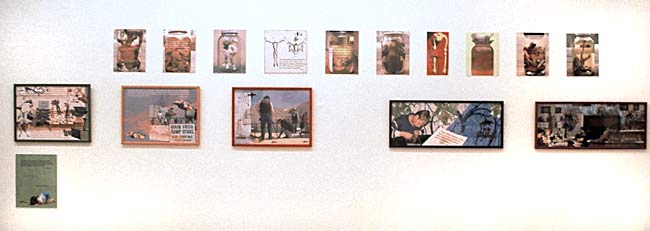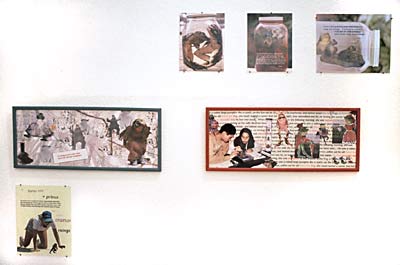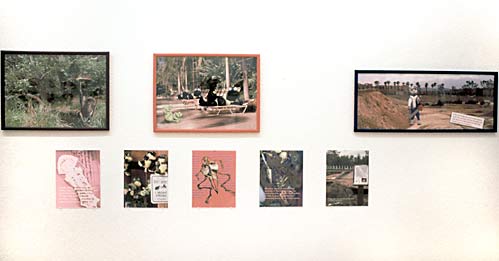





 |
 |
 |
 |
 |
 |

In the late nineteen eighties herpetologists from all over the world began to compare notes and realized that the frogs and toads they studied were disappearing at alarming rates in many parts of the globe, from the Central American tropics, to Australia, to the western United States, even in very remote, pristine areas. Recently discovered species, like the Australian gastric brooding frog, which gestates her eggs in her stomach, or the golden toad in Costa Rica, failed to emerge from winter underground hideouts. Only a few years later, large numbers of deformed frogs, with missing eyes or limb abnormalities, were discovered in many locations in North America and Europe. Scientists have yet to decipher fully the causes of the drastic declines in frog and toad populations, partly because so many different factors appear to be involved, but most researchers are in agreement that these declines are indicative of overall environmental degradation.
Throughout human history frogs have held an important place in myth, religion, science and popular culture, serving as both symbol and experimental subject through which to explore the human relationship to nature. What does the current plight of frogs tell us about this relationship? If frogs and toads disappear, what else will die with them?
The preceding introductory text and the following images are from an installation at Steppling Gallery, SDSU Calexico Campus, fall 2003. In this installation, larger central images were flanked by a chorus of smaller images containing text about the history of the use and representation of frogs

the frog in medieval Europe

the frog as the domestic animal of the physiologist

the frog as an experimental subject of embryologist

the frog as an indicator of current ecological degradation

detail of image from bottom row from the concluding section on ecological degradation
To see enlargements of selected images, move the cursor over the installation views. The long horizontal images may also be viewed as bus posters and most of the images in middle row are posted on the web site.